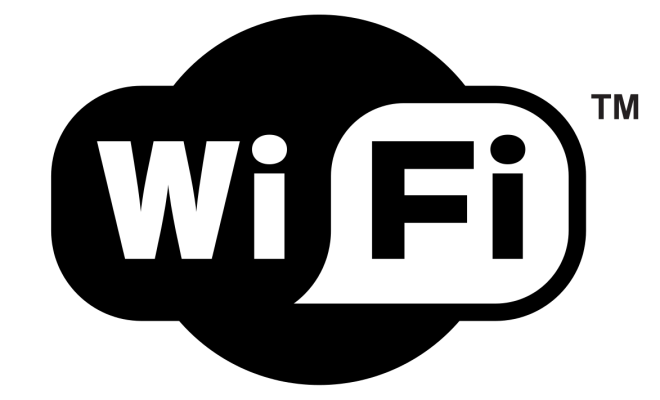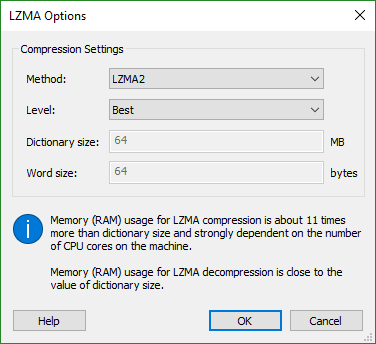What Is the Alpha Channel in PNG Images?

PNG, or Portable Network Graphics, is a popular image file format that is widely used for web graphics, digital art, and other applications. One of the key features that sets PNG apart from other image formats is its use of an alpha channel.
So, what is the alpha channel in PNG images? Simply put, the alpha channel is a separate 8-bit channel that stores transparency information for each pixel in the image. Unlike other image formats like JPEG or GIF, which only support binary transparency (where a pixel can only be either fully opaque or fully transparent), the alpha channel in PNG allows for much more nuanced and detailed transparency.
For instance, with an alpha channel, you can create partially transparent pixels that allow some of the background to show through. This is especially useful for creating graphics like logos, icons, and other images that need to be placed on top of other backgrounds in various contexts.
In addition to transparency, the alpha channel can also be used to store other types of information, such as matte or other special effects. By integrating this channel into the PNG format, designers and developers have more control over the appearance and usability of their images.
Of course, while the alpha channel in PNG images offers many benefits, it’s important to note that not all software applications fully support it. Some older programs may not be able to display or edit PNG files with an alpha channel, so it’s important to check your software’s compatibility before working with these files.
Also, keep in mind that PNG files with an alpha channel tend to be larger in file size than those without. This means that if you’re working with a lot of PNG images, you may need to consider optimizing them in order to ensure fast loading times and bandwidth usage.





